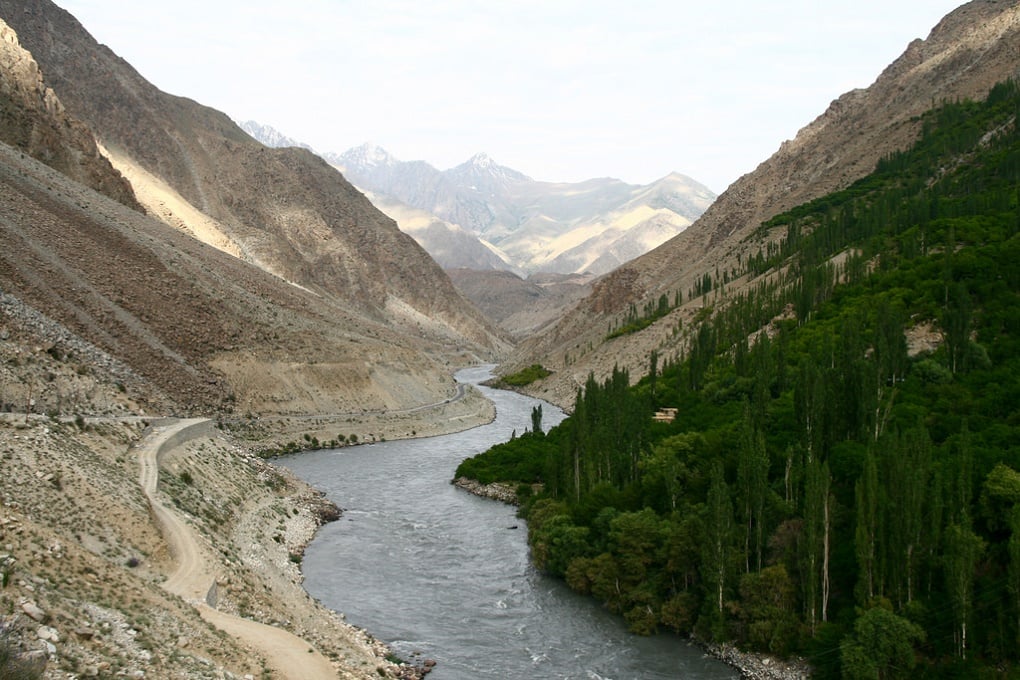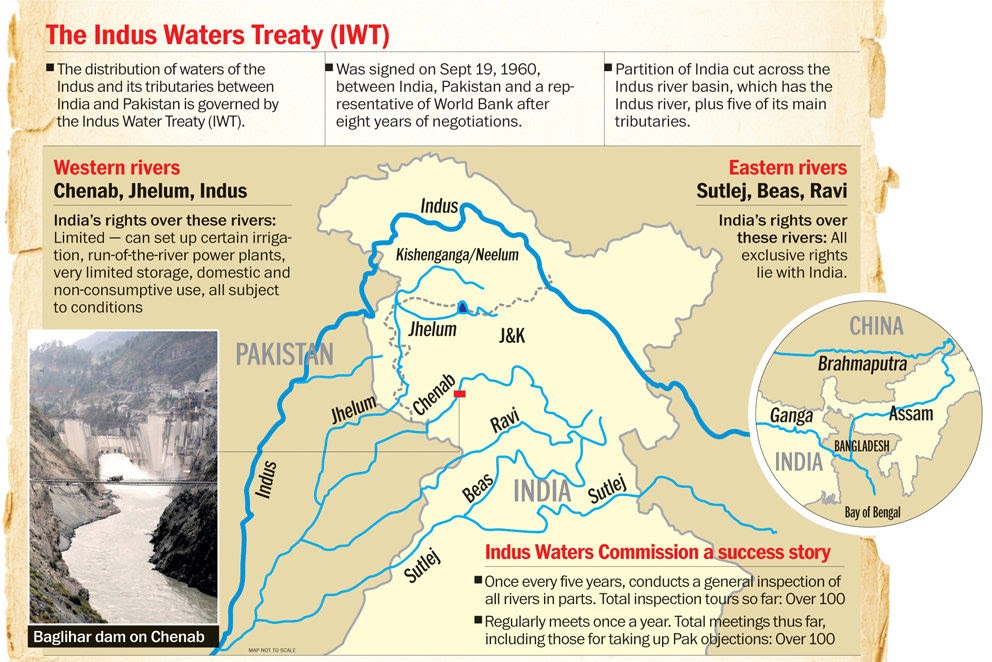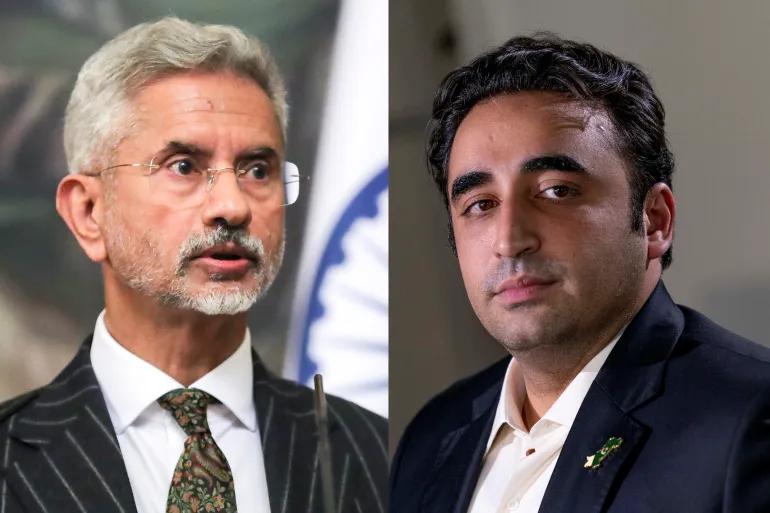
Indus Water Treaty, an agreement that has been in place for over 60 years, aims to bring clarity regarding the water distribution between India and Pakistan. However, after a very long time, teh future of the treaty stands under question as India has issued notice to Pakistan seeking “reconsideration” of the treaty. Now, what does the treaty implies, what is exactly the dispute and what is the way forward, let’s find it out in this Blog.
What is the Indus Water Treaty?
After the partition of India and Pakistan, the issue arose regarding the distribution of rivers between the two countries. As we know, no ‘Radcliffe’ can draw a line over the rivers like the land, so the need for a treaty was felt. Finally, on September 19, 1960, the Indus Water Treaty was signed after eight years of negotiations between India, Pakistan and a representative of the World Bank in Karachi. There are a total of six rivers under IWT, Indus and its five tributaries namely; Jhelum, Chenab, Ravi, Beas and Sutlej. The rivers come from the side of China, and enter India from the side of Ladakh and Himachal before entering Pakistan.
Under the treaty, three rivers Indus, Jhelum and Chenab were termed as Western Rivers, and their access went to Pakistan. India has only limites access to these waters, and can only use it for limited consumptive purposes and can’t build any storage or reservoir dams on these rivers. While, the other three rivers, Ravi, Beas and Sutlej were termed Eastern Rivers and their access was given to India. If we look at teh overall share, it is Pakistan which gets a lion’s share (around 80%) on these waters, while India gets only around one-fifth of it. Many also call the treaty as “biased” towards Pakistan, citing that despite India being the ‘Upper Riparian’ state (the country from where the water is passing first), Pakistan is getting the majority share.
Indian PM Jawaharlal Nehru and Pakistan President General Ayub Khan signing the Indus Water Treaty (Photo: The Hindu)
The Dispute around Kishenganga Project
The issue pertains to India’s Kishenganga Project in the Jhelum river basin in J-K. Pakistan has objected that the project diverts water needed by Pakistan for a project. So, in 2015, Pakistan demanded a Neutral body to examine India’s Kishenganga project and Ratle Hydro Electricity Project. But in 2016, Pakistan again changed its stance and proposed the matter be sent to the Court of Arbitration. India, however, insisted on the Neutral Expert clause only. After lots of disagreements, World Bank came up with the decision that both a Neutral Expert and the Court of Arbitration would be appointed in the case. Under this, Michel Lino was appointed as the Neutral Expert and Sena Murphy was appointed as the judge of the Court of Arbitration.
Now, for a better understanding, let’s break down some technical terms. Under IWT, a ‘NeutralExpert’ is appointed for resolving ‘differences’ between the two countries. Then, if the matter is termed Unresolved, then the matter is sent to the ‘Court of Arbitration’. However, Article IX of the Treaty clearly states that “If the matter is not concluded by Neutral Body, then it can’t be sent to the Court of Arbitration”. But, what has happened in the case is that World Bank has appointed both of them in the very same case. Not just is it conflicting, but also poses a bigger problem.

A look at the Timeline and Terminology of the Indus Water Treaty (Photo: Drishti IAS)
India’s notice to Pakistan
The new development in the story is that India on January 25, issued notice to Pakistan for reconsideration of the treaty. The notice was issued under Article XII (3) of the IWT, and under this Pakistan will have to respond in time bound manner within 90 days, failure in doing so can lead to India exiting the treaty without any penalty. India did not attend the hearing of the court of arbitration, and in fact, it has not even appointed its members. India has pointed out that if the Neutral Body and the Court of Arbitration reach conflicting conclusions, who will be heard, it will create a legally untenable situation. Pointing out that Pakistan has not discussed the matter in the last five meetings held between 2017 and 2022, India has accused Pakistan of using ‘tapism’ to block Indian projects and play politics.

Indian Foreign Minister S Jaishankar and Pakistan Foreign Minister Bilawal Bhutto Zardari (Photo: OrissaPOST)
A Look at Pakistan’s Stand
Notably, Kishenganga is a tributary of the Jhelum river. It goes into Pakistan through the Neelum river. Now, in the Neelm river, Pakistan wanted to build its hydroelectric project named the Neelum-Jhelum Project. But, here comes the drill, as Pakistan complains that the Kishenganga project is diverting the water coming into the country. Although the water being diverted is anyways reaching Pakistan through some other tributary, Pakistan says that it is not leaving as much water, particularly at Neelum river, as the desired project needs.
The Future of the Treaty
There is no denying that this is a huge moment in the future of not just the Treaty, but also the relations between India and Pakistan. There is no doubt that the concern India has pointed out is extremely genuine, but at the same time, Pakistan’s concerns are also right to some extent. Now, I have full faith that India will not be doing anything that will create any scarcity of water in Pakistan. Anyways, we have to keep in mind, anything even wildly close to that poses a risk of retaliatory action from China, which is an even Upper Riparian state than India. So, it would be much better that the solution comes out between India and Pakistan only.
I genuinely hope, that when the two countries meet to discuss the treaty, they actually come out with a solution, that better suits both of them. As history has it, the two countries do need a Neutral Body to solve the issues, but it will be much better for both India and Pakistan, if the two get away with this Neutral Body concept, and start resolving the issues bilaterally. So, I would keep my hopes alive that when the two countries sit at the table for discussion, they actually come up with a solution that paves way for better Indo-Pak relations in the future.


Like the way, the standing of both sides is explained in this blog.